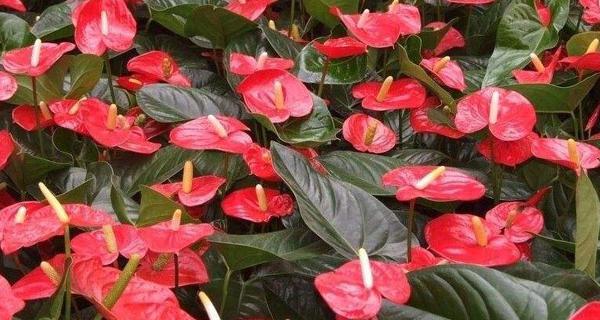Fertilization method of potted flowers
In addition to the necessary conditions of light, temperature, air and water, there should be adequate nutrient supply for the growth and development of potted flowers. No matter how good the soil is, after a certain period of planting, the nutrients in the soil will be exhausted. If you do not supplement fertilizer in time, flowers will appear thin plants, withered leaves and other phenomena. Therefore, fertilization is a very key work in the maintenance process of potted flowers. So when and how to apply fertilizer can achieve better results?
Generally speaking, there are three kinds of flowers commonly used in families:
Base fertilizer: in the process of raising seedlings and changing pots, the pre-mature fertilizer is mixed into the soil according to a certain proportion, so as to provide a method for long-term growth. Fertilizers generally use self-made organic fertilizer, such as rotten cake fertilizer, bone meal, fried melon seeds and so on, the effect is very good. It should be noted that the roots of the flowers do not come into direct contact with fertilizer, otherwise it is easy to burn the plants to death because of hypertrophy.
Topdressing: during the period of flower growth, due to the limited potted soil, the base fertilizer loses its strength after a long time and can no longer provide enough nutrition for the plant. At this time, all kinds of fertilizers should be added selectively according to the needs of different growth periods of flowers. You can use chemical fertilizer or organic fertilizer. When using chemical fertilizer, avoid the branches of the plant and sprinkle it into the basin soil, or dilute the fertilizer and irrigate it. The use of chemical fertilizer is simple and effective, but it will harden the basin soil for a long time, and the soil permeability is poor. The self-made organic fertilizer has complete nutrients, long fertilizer effect, and can improve the soil. Here, it is suggested that we should use more organic fertilizer and use less chemical fertilizer as much as possible. When using self-made organic fertilizer, it can be diluted with water and then irrigated, or it can be buried shallowly around the plant, and the rhizome should also be avoided.
Foliar fertilization: this method can timely save plants due to negligent management, malnutrition and other phenomena. Convenient and fast, economical and effective. The method is to dilute the fertilizer to a certain proportion, spray it directly on the leaves of the plant, and absorb it by the leaves.
In addition, we should also pay attention to grasp the opportunity in the process of fertilization: topdressing and foliar fertilization should be carried out when the soil in the basin is dry, and the absorption effect of the plant is the best. Loosen the soil before fertilization, so as to facilitate the rapid infiltration of fertilizer and water and reduce the loss of fertilizer.
Related
- What if the leaves of potted flowers turn yellow?
- Florescence Control of several Flowers
- Anti-freezing technology and post-freezing nursing technology of flowers
- What is the classification of flowers? What are the common methods of flower classification?
- Prevention and control of alkali and acid damage of flowers in courtyard
- Technology of Anti-freezing and restoring growth of Flower seedlings in greenhouse and greenhouse
- How does flower fertilization not hurt the root? Fertilization technology of flowers
- Key points of disinfection in flower greenhouse
- Several pesticides that are banned or used cautiously in flowers
- How to fertilize the flowers that watch the leaves?



